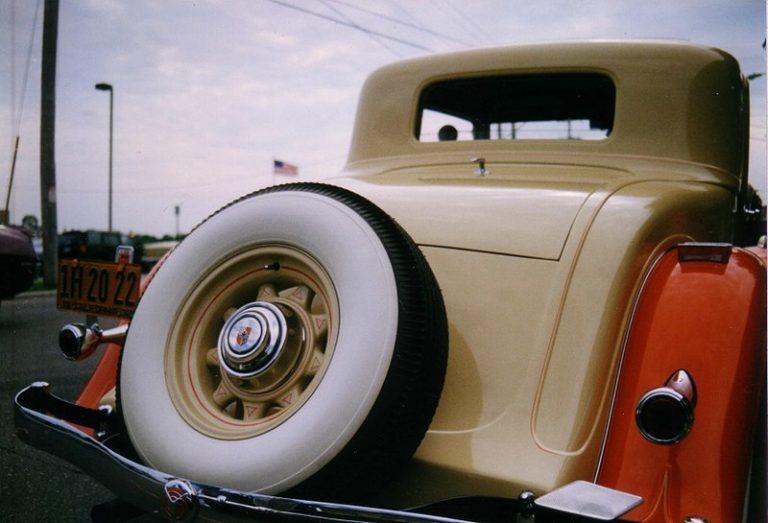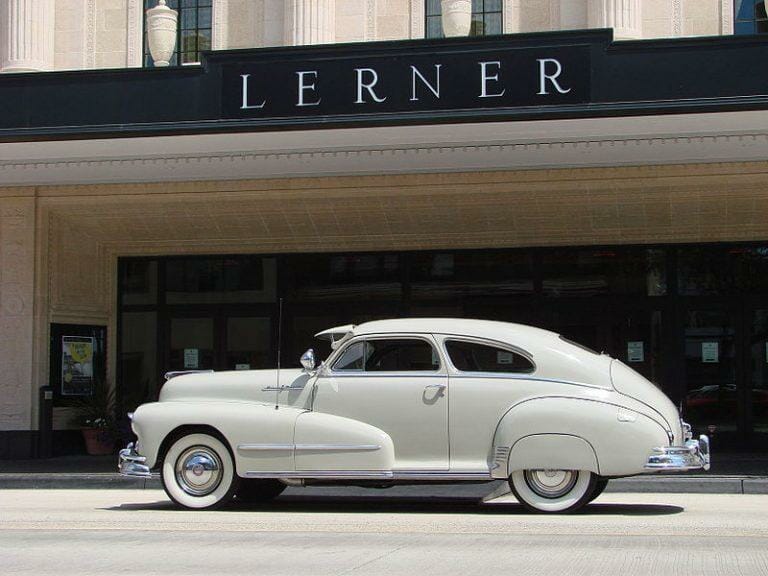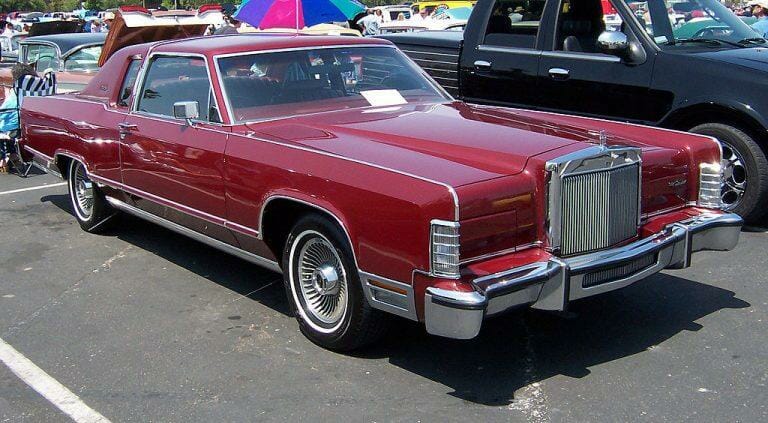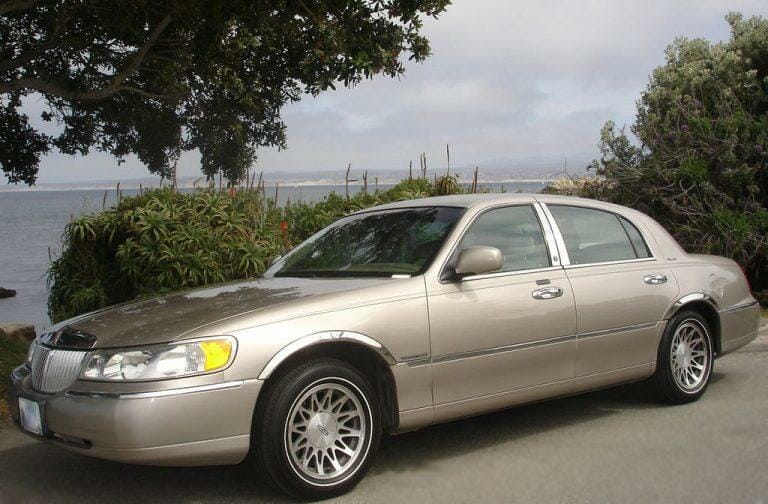Your car’s tires are black – we can safely assume that. Pretty much all cars today have black tires, but that wasn’t the case in the middle of the previous century. Whitewall tires were very popular back in the day, but now we rarely see them. Why did they exist in the first place and where did they go?
Automotive design evolved very rapidly and many features that were popular decades ago are completely gone today. For example, have you noticed that there are no new cars with pop-up headlights?
Tires are made of rubber and rubber is black. However, pure natural rubber is not ideal material for tires, because it wears too quickly. Tires that wear out prematurely are good for nothing, but tires that don’t grip are even worse. And so manufacturers were looking for something to make tires better. The answer they came up with was zinc oxide, which was relatively hard and easy to incorporate into rubber compound.

And yes, you guessed it – zinc oxide is white. And so were some early tires – not just with white walls, but entirely white. However, although white tires provided the desired grip, they wore out way too quickly. Then manufacturers decided to add carbon black, which significantly enhanced the durability of the tires. In order to save some money, manufacturers incorporated black rubber only in the threads, which is how the whitewall tire was born.

Interestingly, at first completely black tires were considered to be more luxurious as they required a greater amount of carbon black and were easier to maintain. They were more expensive too. However, they had a little secret hidden in their construction.
Under the black layer of carbon-rich rubber the sidewalls were still white. Carbon black was needed for surface durability and so manufacturers only added it on the outside. This meant that damaged black tires in the first half of the 20th century revealed a good old white rubber, which was a real eye-sore. However, black tires were way easier to maintain as people didn’t have to wash them.
By the way, white lettering on tires also appeared due to this black-white construction. Owners or manufacturers would simply remove the thin black layer from the stamped letters, revealing white rubber underneath. Nowadays tires are made from completely black rubber and white lettering is made using dyes.

Whitewall tires grew in popularity and suddenly became more expensive than entirely black tires. In 1934 Ford introduced whitewall tires as an $11.25 option on all its new cars – that was a huge amount of money back in the day. But people loved whitewall tires, didn’t mind paying extra and taking time to clean them. They became a complimenting feature to the curvy automotive design of the time.

Car design developed rapidly in the first couple of decades after the Second World War. The body became the centre of attention and tires were reduced back to being a functional detail that shouldn’t take away from the design. Actually, there were many cars that had partially hidden rear wheels.

Whitewall tires fell out of fashion in 1960’s, especially when radial tires become the dominant choice. For some time a full white wall was replaced by a narrow white strip, incorporated only on the outside surface of the tire. These tires with white details were considered to be luxurious, featured on Lincoln Continental, Chevrolet Corvette and similarly upmarket cars, but in late 70’s they fell out of fashion as well.

The truth is that whitewall tires were not that great. Sure, the contrast between black and white rubber looks beautiful, but they were a pain to maintain. The trouble began soon after manufacturing – whitewall tires had to be wrapped in paper in order for them to reach the dealerships while still clean. That didn’t matter though because they became dirty when getting mounted on the rim. Then they would be dirty every day, driving through gravel, touching curbs and splashing puddles. And dirty whitewall tires are much uglier than simple black tires.

Today there are only a handful of companies that are offering whitewall tires. Their popularity is growing due to the resurgence of traditional hot rods, retro-moded cars and restorations. However, most of whitewall tires that you see in various automotive-themed events are either painted white or have special add-ons.
Other interesting reads:
What happened to pop-up headlights?
Volkswagen’s legend becomes electric – meet eKäfer;
JAWA 750 – did you know JAWA made cars?
Brütsch Mopetta – glorious egg-shaped microcar from 1950’s;




